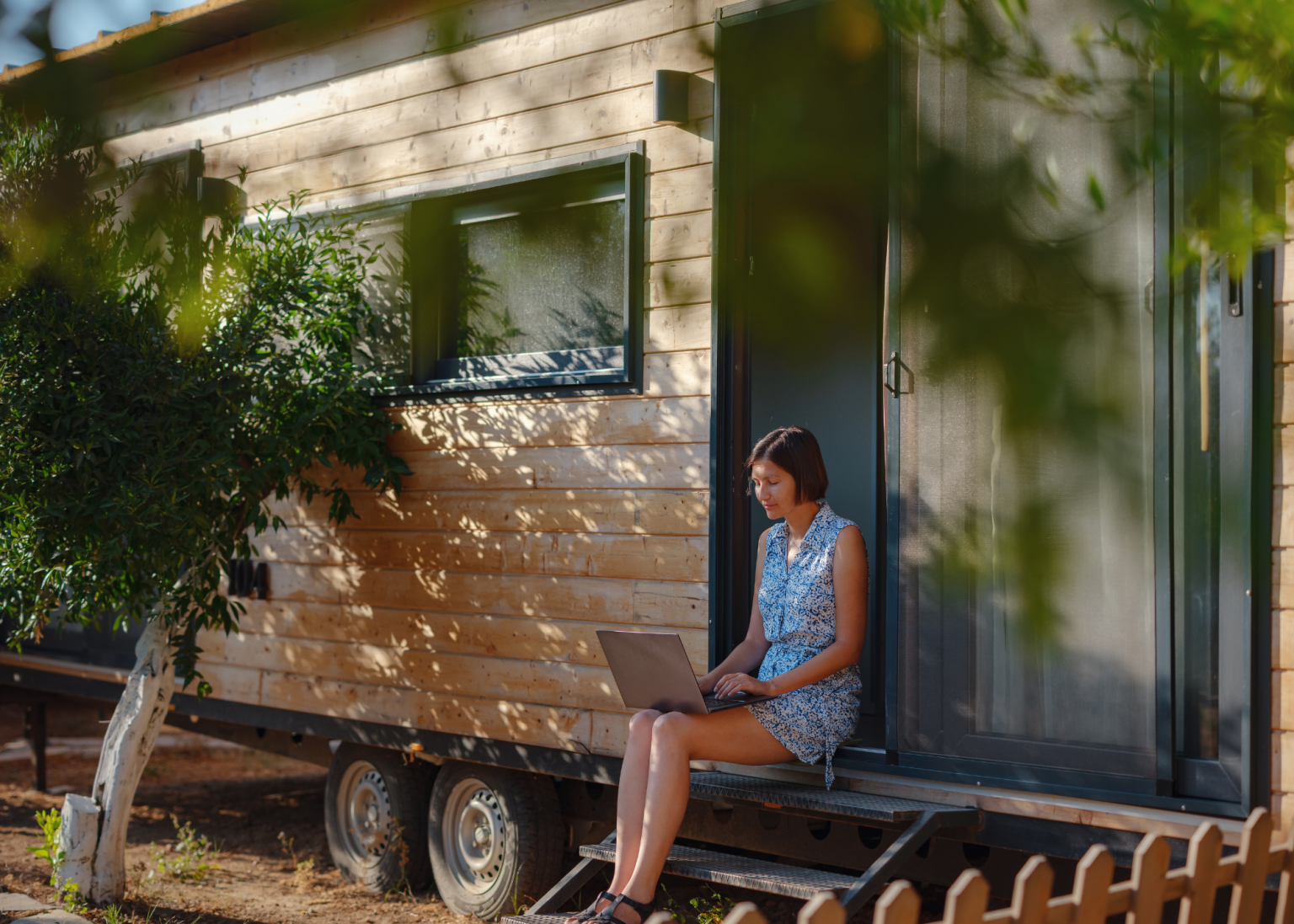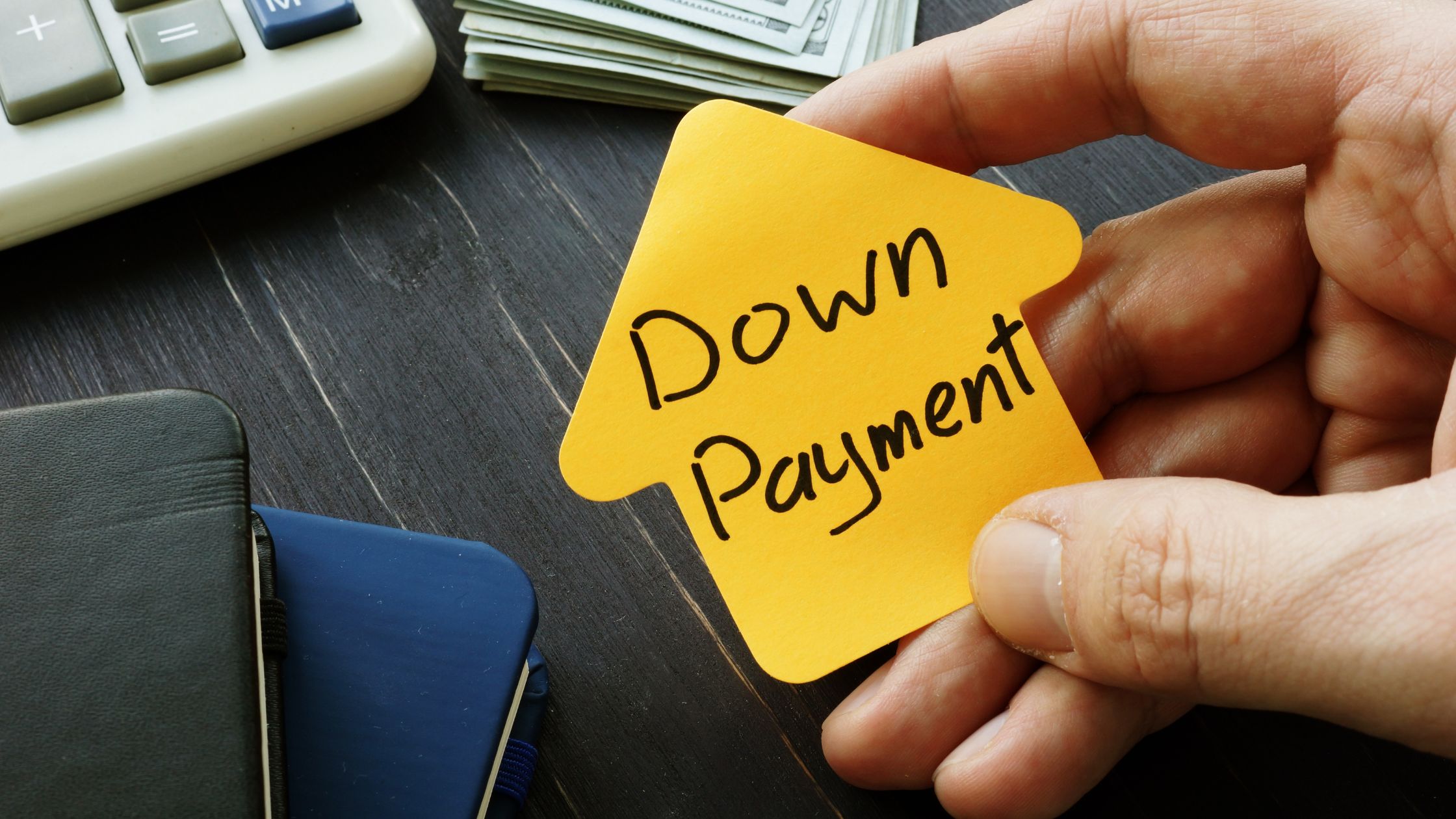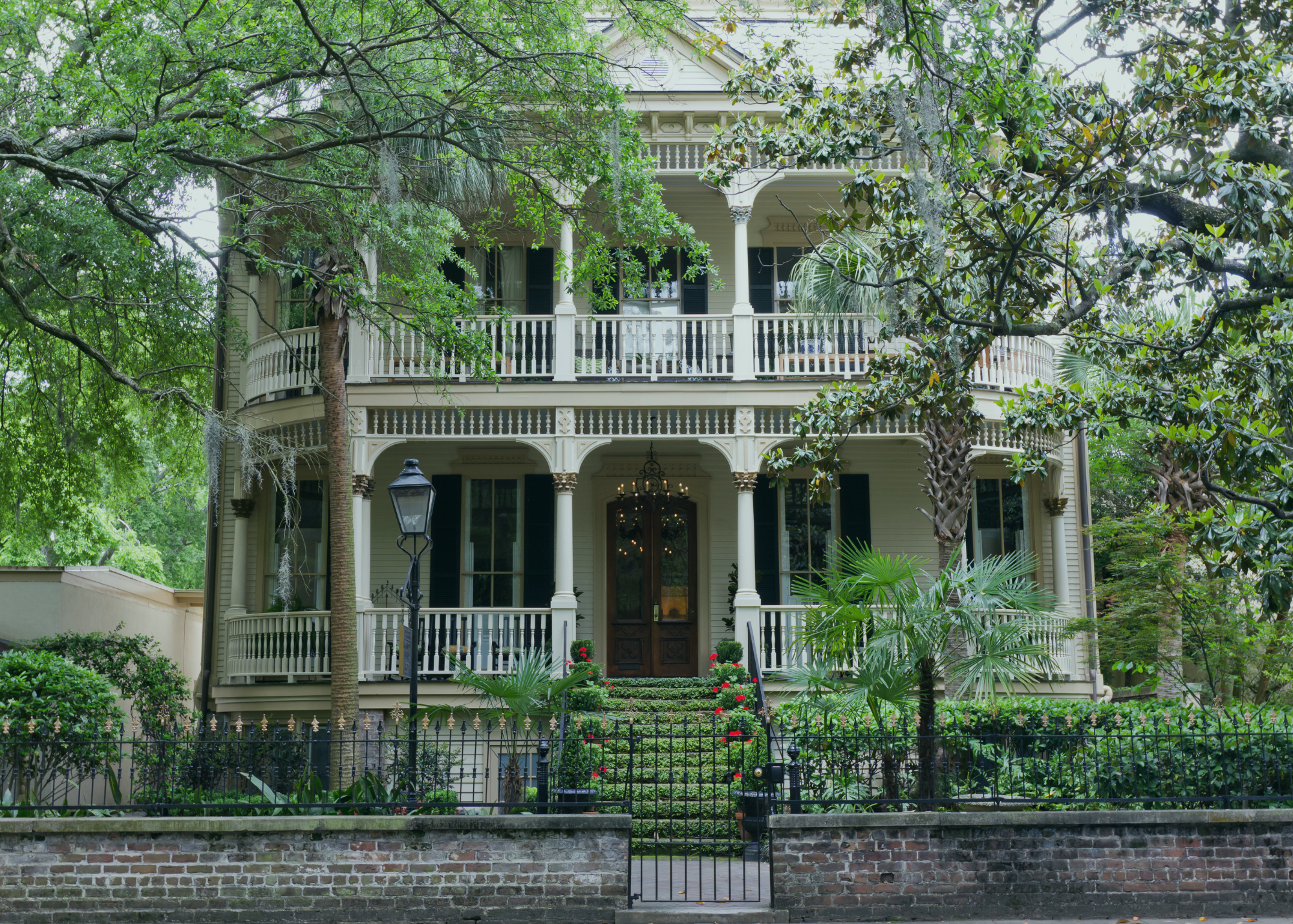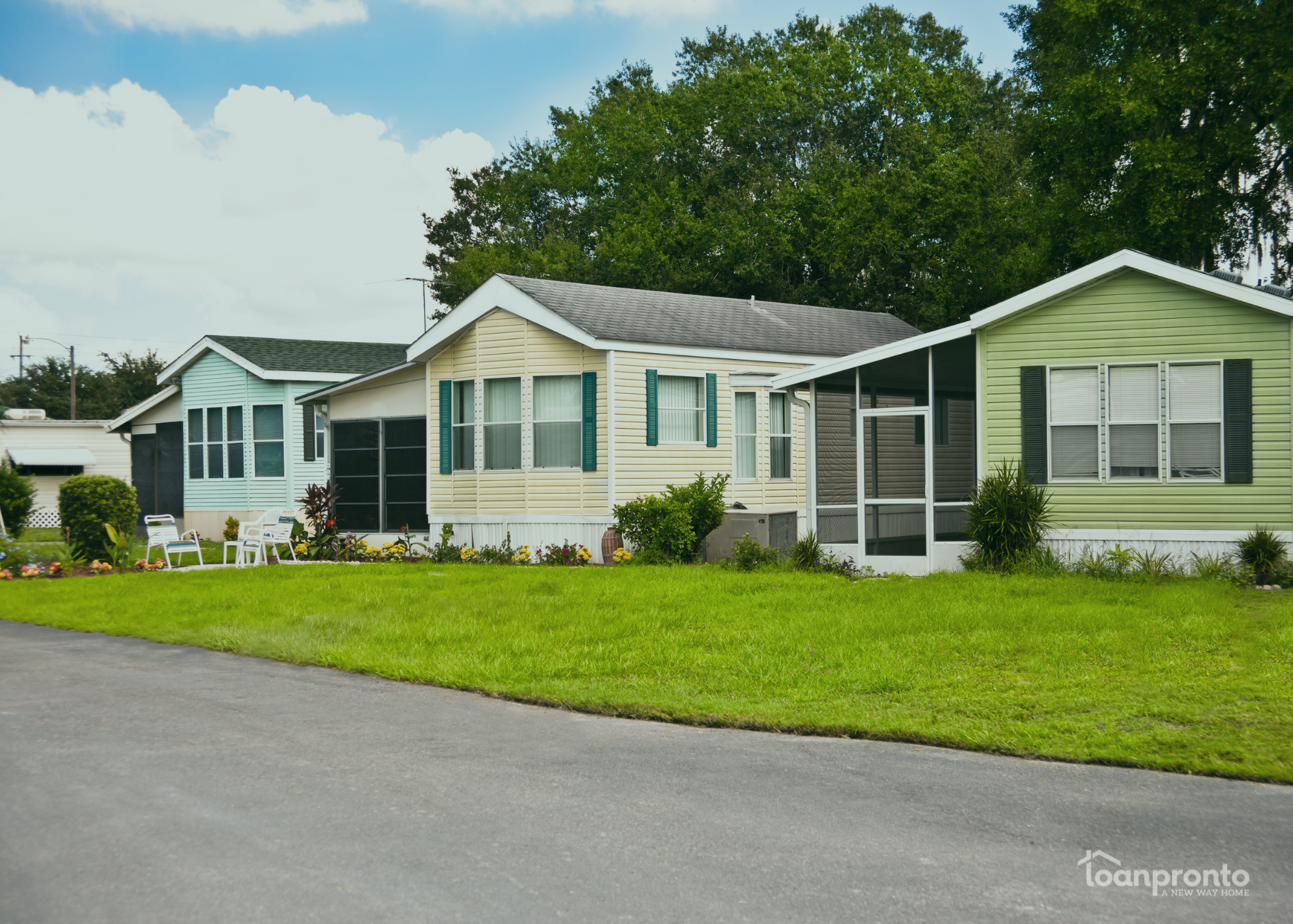Key Takeaways
-
Tiny homes rarely qualify for traditional mortgages due to size and foundation rules.
-
Alternative loans like personal loans, RV loans, and builder financing are the main financing paths.
-
Buyers must budget for land, zoning, and setup costs beyond the home purchase price.
-
Cash purchases eliminate debt and offer the most financial freedom when possible.
With housing prices climbing, many buyers are exploring tiny home financing as an affordable alternative to traditional housing. Tiny homes, usually 400 square feet or less, offer lower costs, mobility, and the appeal of minimalist living. However, financing a tiny house is not as straightforward as applying for a traditional mortgage. Most lenders require homes to meet minimum square footage, permanent foundation rules, and property classification standards—criteria many tiny houses do not satisfy.
Can You Get a Mortgage for a Tiny Home?
Most tiny homes do not qualify for a conventional mortgage. Lenders often deny financing because these homes:
- Do not meet minimum square footage requirements.
- Sit on trailers or wheels instead of a permanent foundation.
- Fail to meet local zoning laws or appraisal standards.
As a result, buyers must explore alternative tiny home financing options.
Tiny Home Loan Options
Instead of a 30-year mortgage, several financing solutions exist for tiny houses:
| Financing Option | Key Features | Best For |
| Personal Loans | Up to $50,000, 1–5 year terms, approval based on credit and income. | Buyers needing fast, flexible funding. |
| RV Loans | Available if RVIA-certified; 10–20% down, credit scores 660+. | Buyers purchasing mobile tiny homes. |
| Builder/Contractor Loans | Offered directly by builders; convenient but may carry higher rates. | Buyers who want one-stop financing and building. |
| Cash Purchase | No debt, no interest, complete ownership upfront. | Buyers with savings or lower-cost tiny homes. |
| Credit Cards | Easy access to funds but very high interest rates. | Buyers covering small remaining balances. |
Key Factors Before Financing a Tiny Home
Financing is only part of the journey. Consider these additional factors before committing:
- Land and utilities – You’ll need a legal place to build or park, plus setup costs for water, sewer, and electricity.
- Resale value – Tiny homes often depreciate, unlike traditional homes that build equity.
- Mobility costs – If your home is mobile, towing fees, storage, and land leases add up.
- Zoning laws – Not all communities allow tiny homes, so research regulations first.
- Alternative small homes – A condo, townhouse, or small single-family home might qualify for a mortgage and provide long-term equity.
Start Your Tiny Home Financing Today
Financing a tiny home may not follow the same path as a traditional mortgage, but the options are expanding as demand for smaller, more affordable housing grows. By exploring personal loans, RV financing, builder programs, or even cash savings, you can find the solution that fits your lifestyle and budget. The key is understanding the trade-offs—such as zoning, land requirements, and resale value—before committing. With the right planning, tiny home financing can open the door to a simpler, more flexible way of living.
FAQs About Tiny Home Financing
No SSN required. Zero impact to credit. Your Information is never sold.



